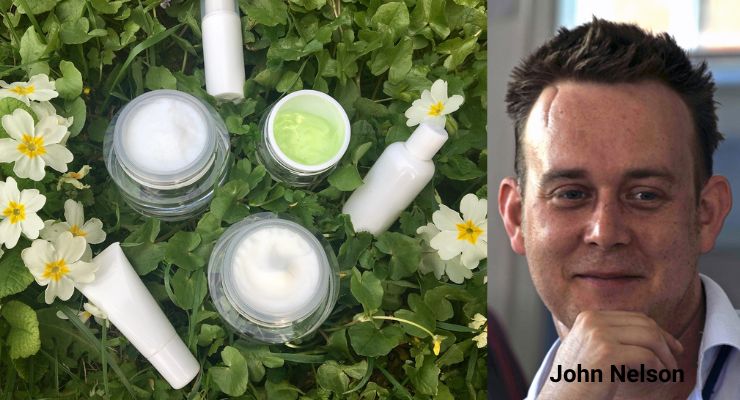John Nelson, Editor, Smithers03.31.23
Changing to more recyclable packaging is key to many beauty brand strategies—especially for a fast-moving consumer goods (FMCG) brand. It's important to communicate a commitment to greener future.
When viewed through this lens, plastics are less popular. Yet, they are indispensable to many goods—including cosmetics and personal care—that require high barrier protection and prolonged shelf life.
The carbon impact of pouches, sachets and other flexible plastics can be reduced by moving from a design that uses multiple types of plastic, as well as aluminum foil—to mono-material constructions.
However, this is not without challenges. Smithers' report, "The Future of Mono vs Multi-Material Packaging through 2028," takes an in-depth look at the benefits of mono-material packaging versus multi-layer constructions, for all types of flexible packaging from pouches to sachets, and more.
Here are a few key takeaways—and some of the benefits of each.
Highlights from Smithers' Report—Mono vs Multi-Material Packaging
- In 2023 world consumption of flexible plastics films in packaging will reach 34.1 million tons.
- Mono-material formats represent 70.6% of this total, worth $56.4 billion; and consumption is forecast to grow at a compound annual growth rate (CAGR) of 4.1% through to 2028.
- Beauty and personal care applications will consume 1.25 million tons of mono-material packaging films in 2023; volume will show growth at a 4.0% CAGR to 1.52 million tons in 2028.
- Mono-material plastics are best suited to low specification applications—overwrap for toilet tissue, wipes and sanitary products; BOPP mono-layer webs; and protective coverings for folding cartons used for cosmetics and fragrances.
- More sophisticated cosmetics containing oils, reactive compounds, and other sensitive ingredients still require multi-layer designs and laminates to protect against UV degradation or contamination. These premium options are engineered to provide high-impact strength, tensile strength, and flex-crack resistance.
- Multi-layer packs can also preserve a premium look, with metallized films formulated with reflective coatings to give cosmetic plastic packaging a mirrored finish or polished appearance. These also impart superior chemical and scratch resistance.
- Heat-shrink films are increasingly popular in beauty packs due to their environmental profile, ability to seal in moisture, and relatively low cost; while giving good clarity, gloss, and sheen.

















